Peru is a highly popular country for hiking enthusiasts, and it’s not surprising, given its variety of options. While the famous Inca Trail has captivated the world, the Salkantay Trek is also gaining prestige as an impressive alternative route to Machu Picchu.
The Inca Trail is globally renowned for its ancient history and fascinating archaeological sites. On the other hand, the Salkantay trek will transport you through stunning landscapes and dreamlike natural settings.
In this article, we will explore both routes, describing the most popular treks to Machu Picchu and analyzing their standout features and differences to help you make an informed decision. Remember that, regardless of your chosen route, you will have an unforgettable experience as you delve into the ancient Incas’ magical world and the Peruvian Andes’ awe-inspiring beauty. Let’s get started!
- What is the Salkantay Trek?
- What is the Inca Trail?
- Salkantay Trek vs Inca Trail difficulty
- The scenery of Salkantay Trek vs Inca Trail
- Weather
- Where to sleep on the way to Machu Picchu?
- Cost
- Salkantay Route and Inca Trail Permits
- So, which one to choose?
- The Verdict
- Frequently Asked Questions
- You might also be interested in:
What is the Salkantay Trek?
The Salkantay Trek to Machu Picchu has become the best alternative to the Inca Trail. It offers an authentic adventure that showcases some of the most astonishing landscapes you will ever see. You will descend from snow-capped peaks to the warm jungle.
Along this route, you will encounter various animals, from alpacas to exotic jungle species and unique flora. You will also pass through small communities and witness how people live in rural regions.
What is the Inca Trail?
The Inca Trail Peru is one of the most renowned routes in the world, and it’s not hard to see why. It combines a historical adventure, visiting ancient ruins, with the feeling of walking on the same paths used by the Incas themselves. These trails once connected the Inca Empire 500 years ago.
You will ascend and descend many steps, stopping at different locations. Throughout the journey, you will be surrounded by the breathtaking Andes and the spectacular wildlife typical of the region. The ascents and descents can be demanding on the legs, so ensure you are well-prepared.
Salkantay Trek vs Inca Trail difficulty
Is the Salkantay trek harder than the Inca Trail? It is a common question among hikers who wish to explore Machu Picchu. Both hikes offer unique trails, but it is essential to consider some factors:
How long is the Salkantay Trail?
The classic Salkantay trek to Machu Picchu typically lasts for 5 days and 4 nights and is considered more challenging regarding distance and altitude. Here, hikers cover approximately 74 kilometers (46 miles) through steep slopes, rocky terrain, and drastic weather changes.
How long is the Inca Trail?
The classic Inca Trail to Machu Picchu lasts for 4 days and 3 nights and has a length of 42 kilometers (26 miles); it is known for its steep trail and stone steps. However, other shorter route options are available, such as the 2-day Inca Trail and other alternative routes that can last up to a week.
Salkantay Trek altitude
The Salkantay Pass is the highest point reached during the Salkantay trek, with an approximate elevation of 15.190 ft. It is usually encountered on the second or third day of the route.
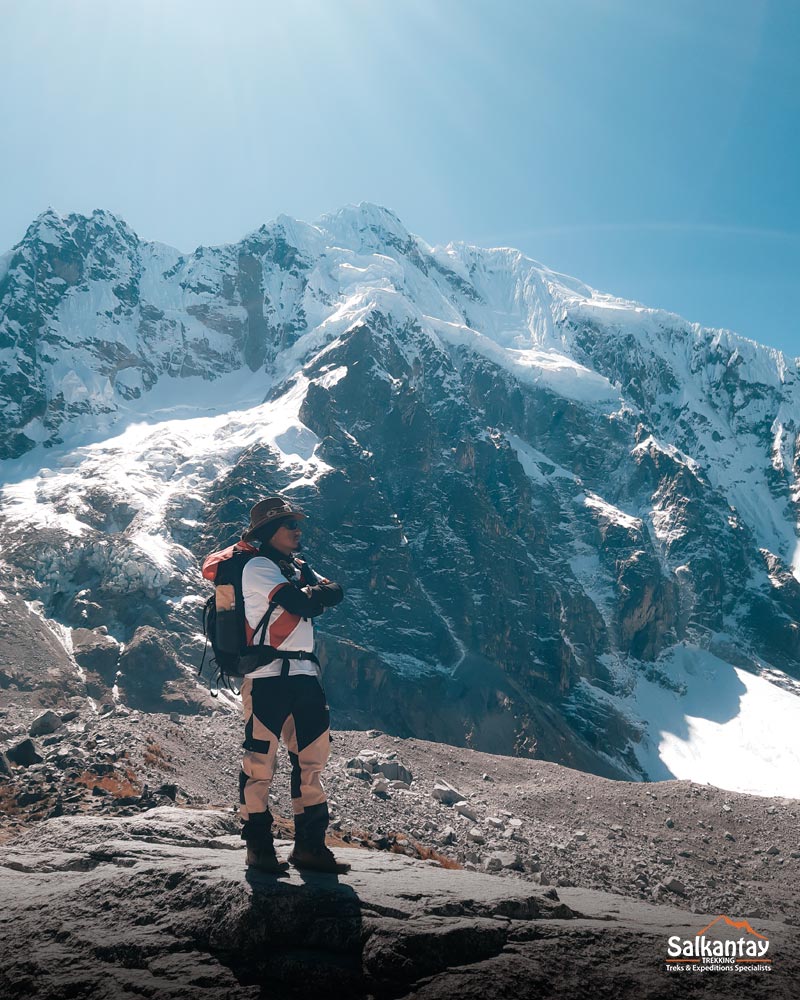
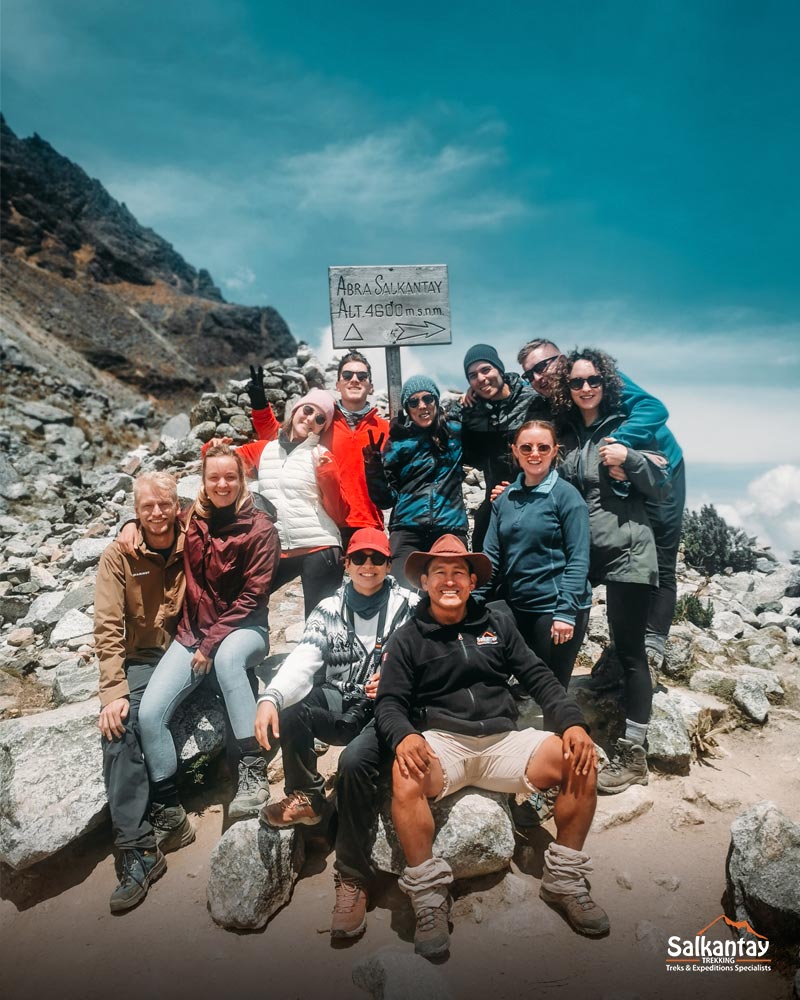
Inca Trail altitude
The Inca Trail elevation, known as the Camino del Inca or Qhapaq Ñan, reaches 4,215 meters above sea level at its highest point, the Warmiwañusca Pass, also known as the Dead Woman’s Pass. This location is encountered on the second day of hiking from the start of the trail.
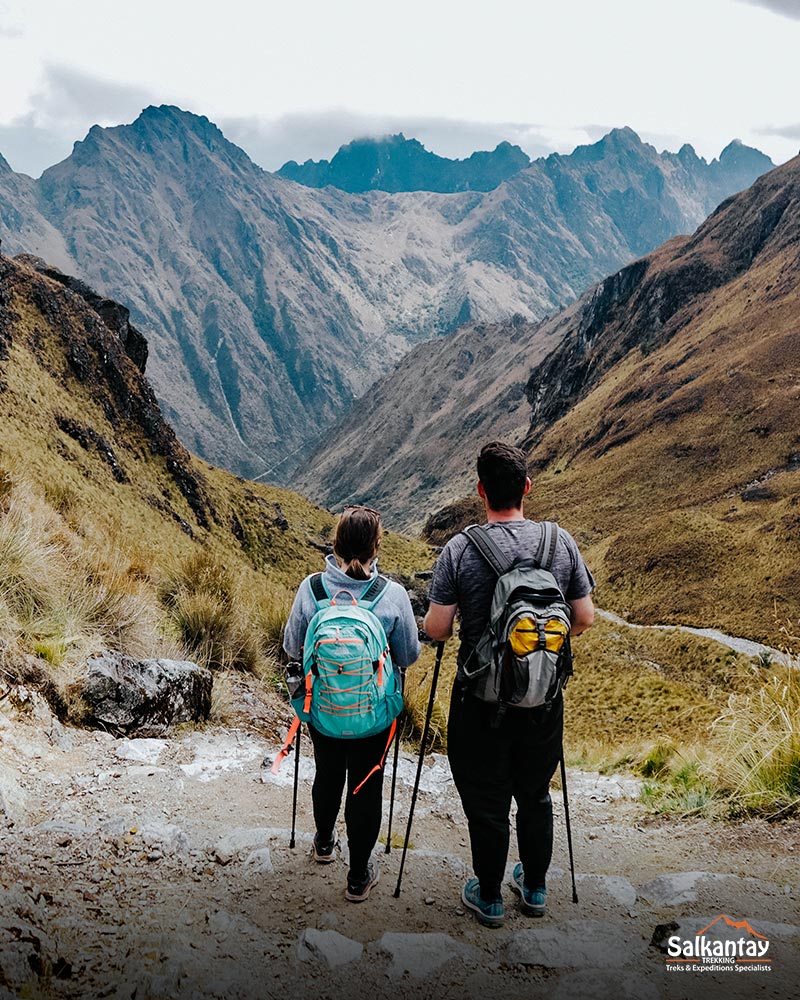
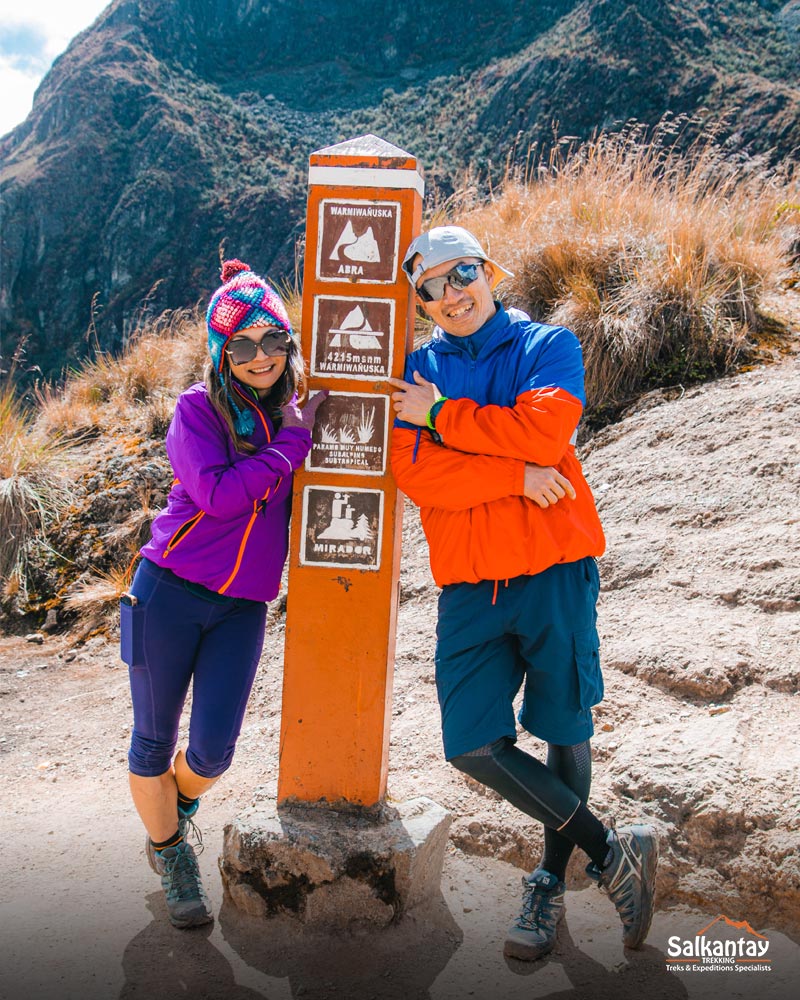
The scenery of Salkantay Trek vs Inca Trail
Salkantay Trek
During the Salkantay trek, you will pass through deep and green valleys. You will visit the magical Humantay Lake, enjoy fantastic views, and traverse a variety of climates, from cold, snowy mountain regions to the humid jungle.
As you approach your final destination, you will appreciate the grandeur of the high jungle and enjoy breathtaking panoramic views. The beauty of the Urubamba River will accompany you throughout your journey. Finally, you will reach Aguas Calientes, the town at the foot of Machu Picchu, and embark on your last adventure by visiting the historic sanctuary.
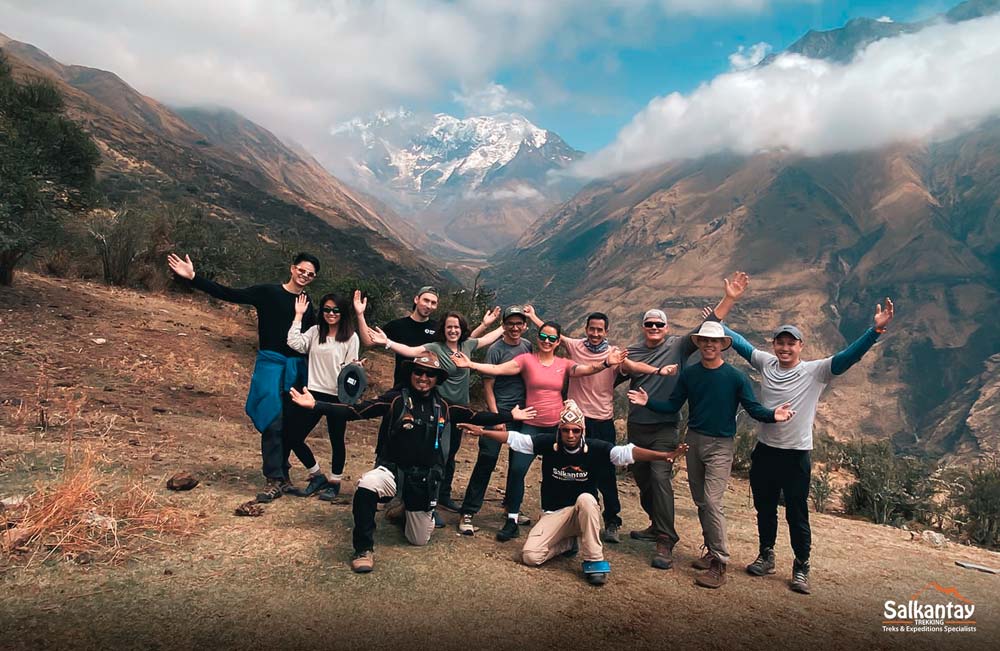
Inca Trail
On the Inca Trail, you’ll pass through lush cloud forests and witness a wide variety of exotic flora and fauna. You’ll go up and down many stone steps, stopping at different spots along the way.
You will visit amazing archaeological sites and Inca ruins such as Runkurakay, Sayacmarca, Phuyupatamarca, and Wiñay Wayna. However, the highlight comes when you approach the majestic Inca citadel of Machu Picchu through the Sun Gate, known as Inti Punku. From there, you will witness an unparalleled panoramic view of the citadel, with its terraced landscapes and magnificently preserved Inca constructions.
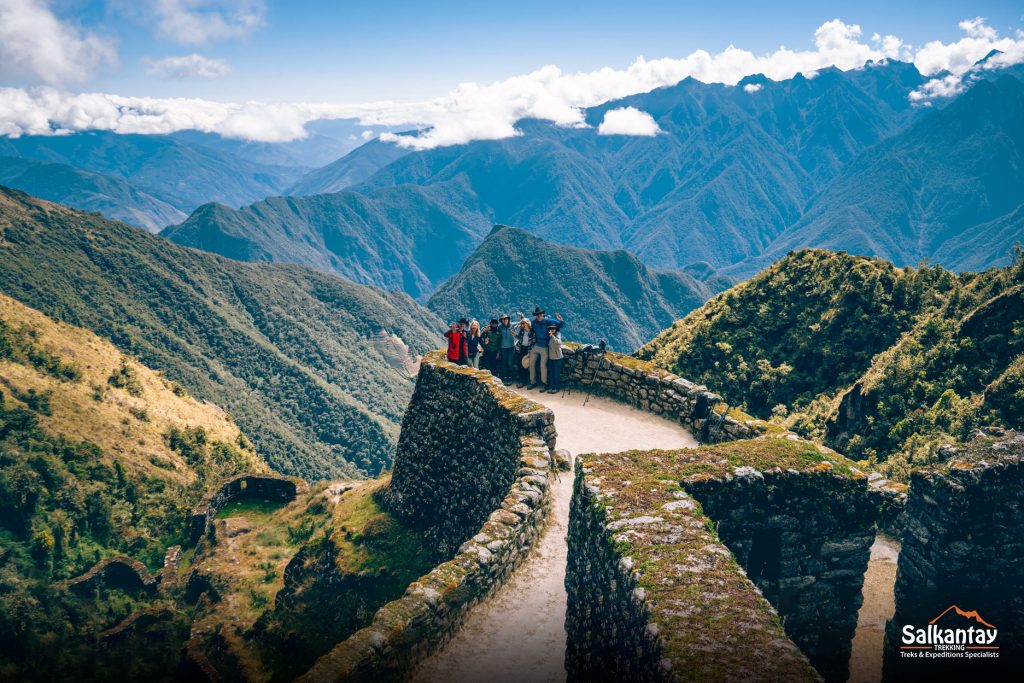
Weather
Weather in Salkantay Trek to Machu Picchu
The Salkantay Trek weather can vary significantly due to the variety of altitudes and ecosystems in Peru’s Cusco region.
- During the first day of hiking in the Challacancha area, the weather is typically warm during the day, but nighttime temperatures can drop to around 2°C (36°F).
- As you ascend to higher altitudes, such as the Salkantay Pass, temperatures become colder, averaging around 0°C (32°F).
- In lower areas, such as Santa Teresa and Aguas Calientes, closer to Machu Picchu, the weather is typically warmer and more humid, with daytime temperatures ranging from 20 to 25°C (68–77°F) and nighttime temperatures around 10°C (50°F).
- The best time to do the Salkantay Trek is during the dry season, from May to October. You’ll enjoy sunny days, cold nights, and a clear trail, perfect conditions to appreciate the Andean landscapes and their breathtaking natural beauty truly.
Weather in Inca Trail to Machu Picchu
The Inca Trail weather, as well as the Salkantay trek, may vary:
- During the day, in lower-altitude areas like the starting point at Piscacucho (km 82), you can expect warm temperatures ranging from 20 to 25°C (68–77°F).
- As you reach higher elevations, such as the Warmiwañusca Pass, temperatures can drop to around 0°C (32°F) or even lower.
- In areas closer to Machu Picchu, like Wiñay Wayna and Intipunku (Sun Gate), the weather tends to be warmer and more humid, with temperatures also ranging between 20 and 25°C (68–77°F).
- The best time to hike the Inca Trail is from May to October, when the weather is more stable. Please note that the trail is closed in February for maintenance.
IMPORTANT: Weather in the Andes can change quickly, so it’s important to be prepared and carry the right gear in case of unexpected rain. Being properly equipped will help you stay dry and avoid any discomfort.
Where to sleep on the way to Machu Picchu?
Salkantay Trek Campsites
During the first three nights of the trek, you’ll stay in cozy accommodations nestled in the heart of the Andes, enjoying glamping and starry skies that will make your adventure even more special.
Sky Camp: The first campsite along the route welcomes you with glass igloos perfectly blended into the landscape. From here, you’ll take in breathtaking views of the towering Salkantay and Humantay snow-capped mountains. At night, you can watch Andean constellations from the comfort of your bed, a natural spectacle you can only experience at this altitude.
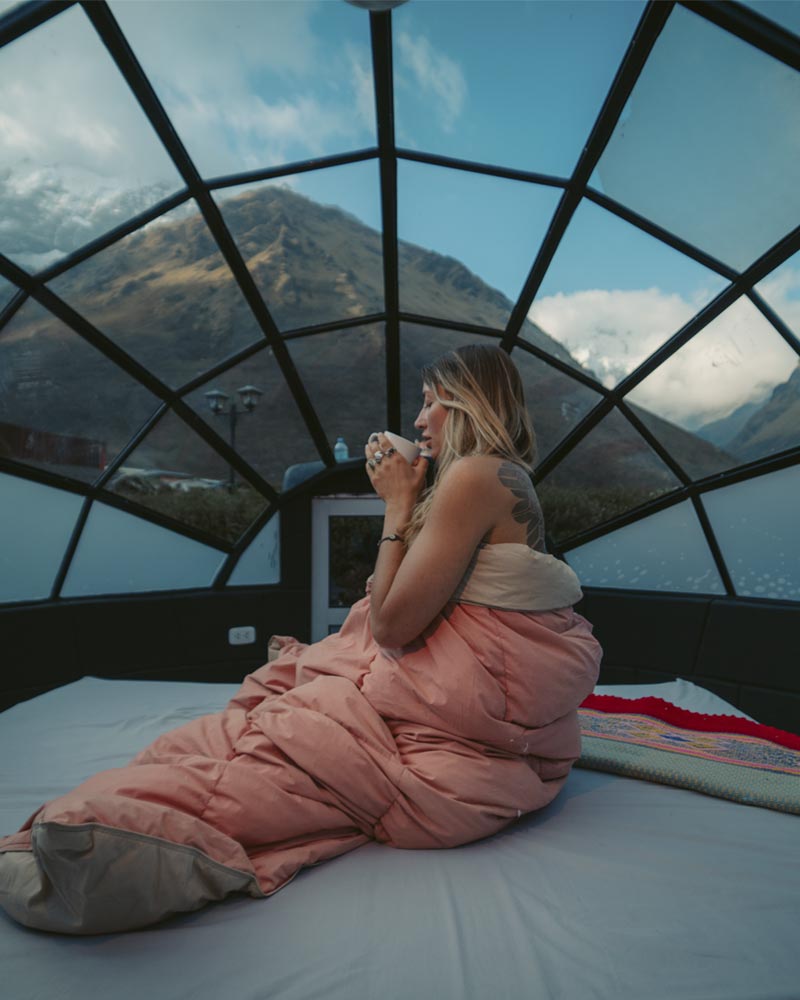

Mountain Sky View: The second campsite offers a cozy and comfortable design, with accommodations created to provide a warm and peaceful stay high in the mountains. Here, sunrises and sunsets become unforgettable shows, offering panoramic views of the stunning Andean landscapes. Each space is designed to keep you warm on cold nights and provide the rest you need after a long day of trekking.
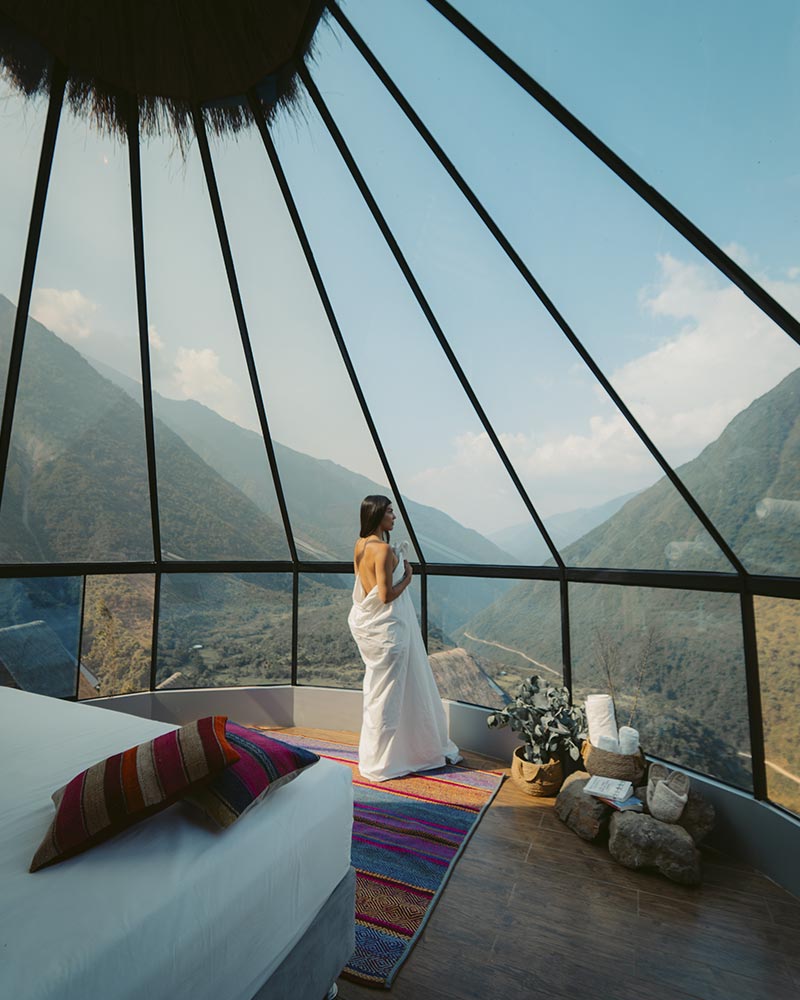
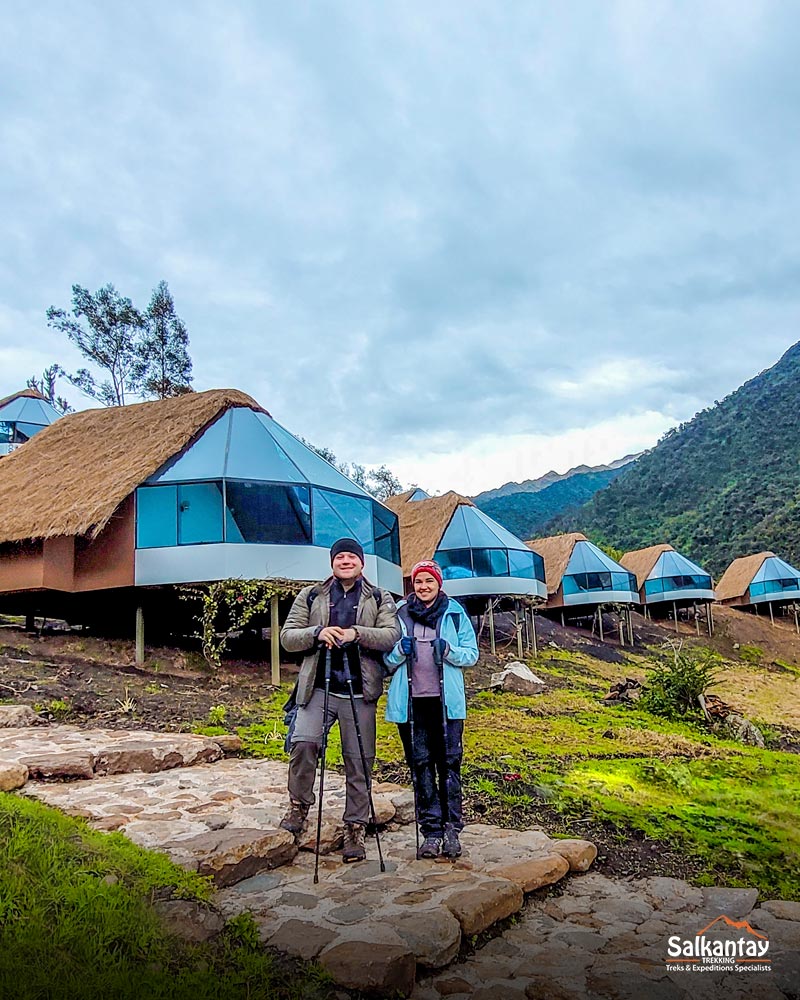
Jungle Domes: The third campsite seamlessly blends into the jungle, creating an immersive visual experience surrounded by nature. The sounds of the forest and the tropical environment will accompany you without giving up comfort.
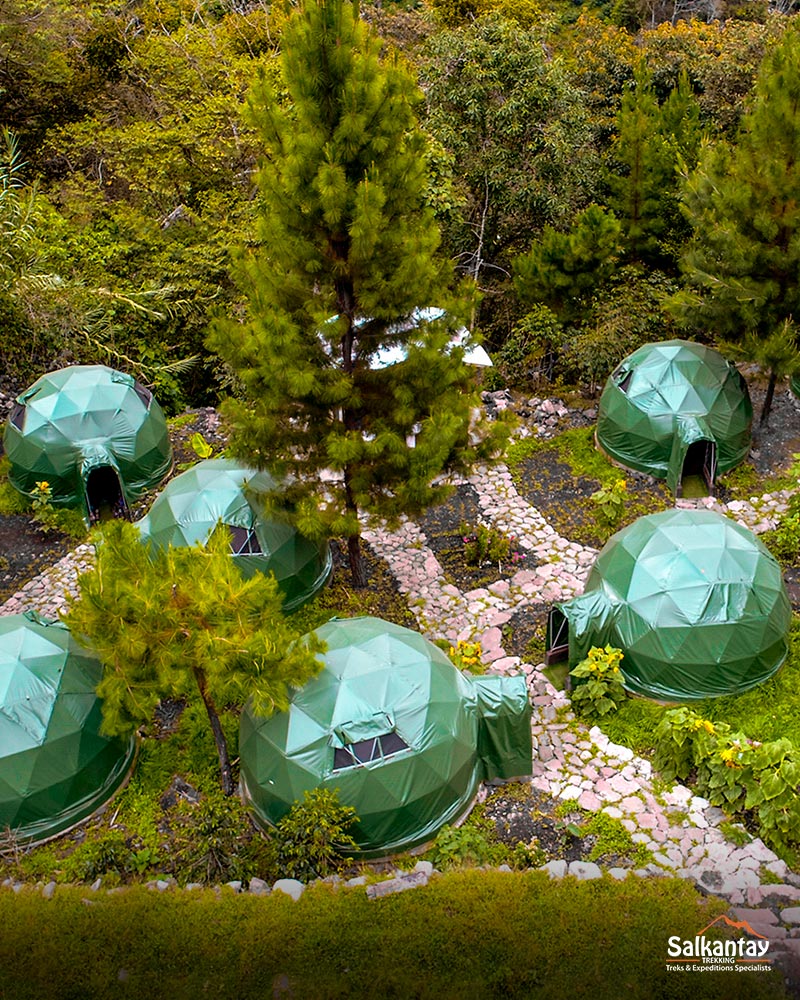
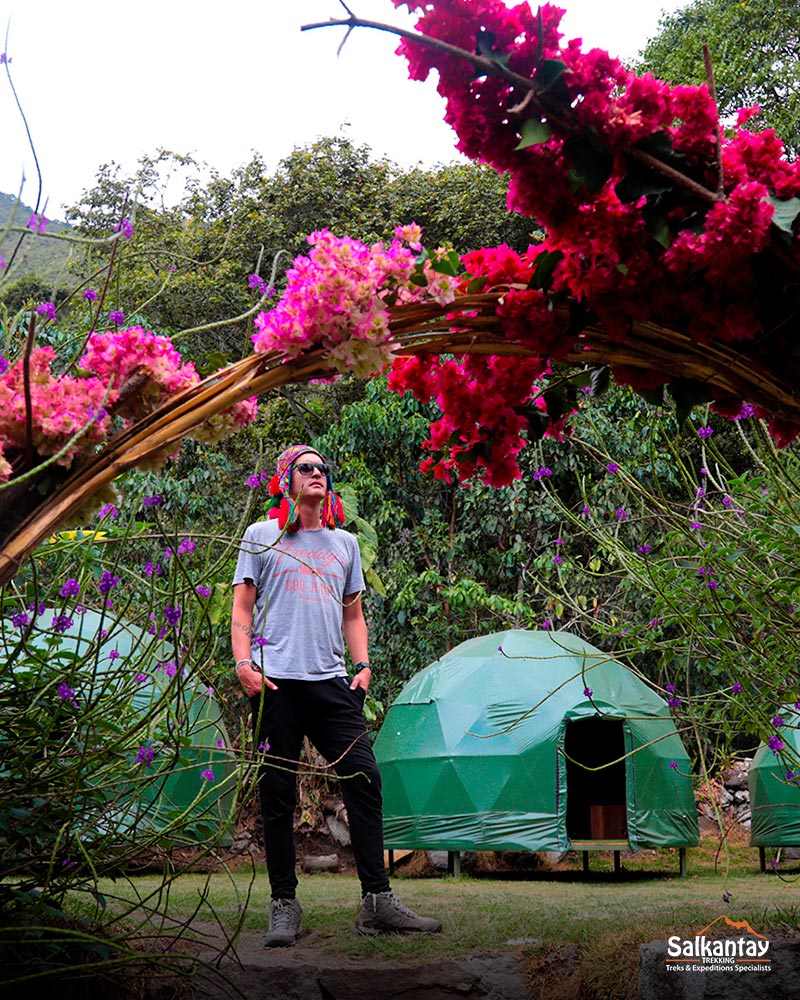
Super Jungle Domes (exclusive to the premium Salkantay version): A luxury campsite designed to offer an unmatched experience in the jungle. Here, comfort and exclusivity come together, allowing you to enjoy nature like never before.

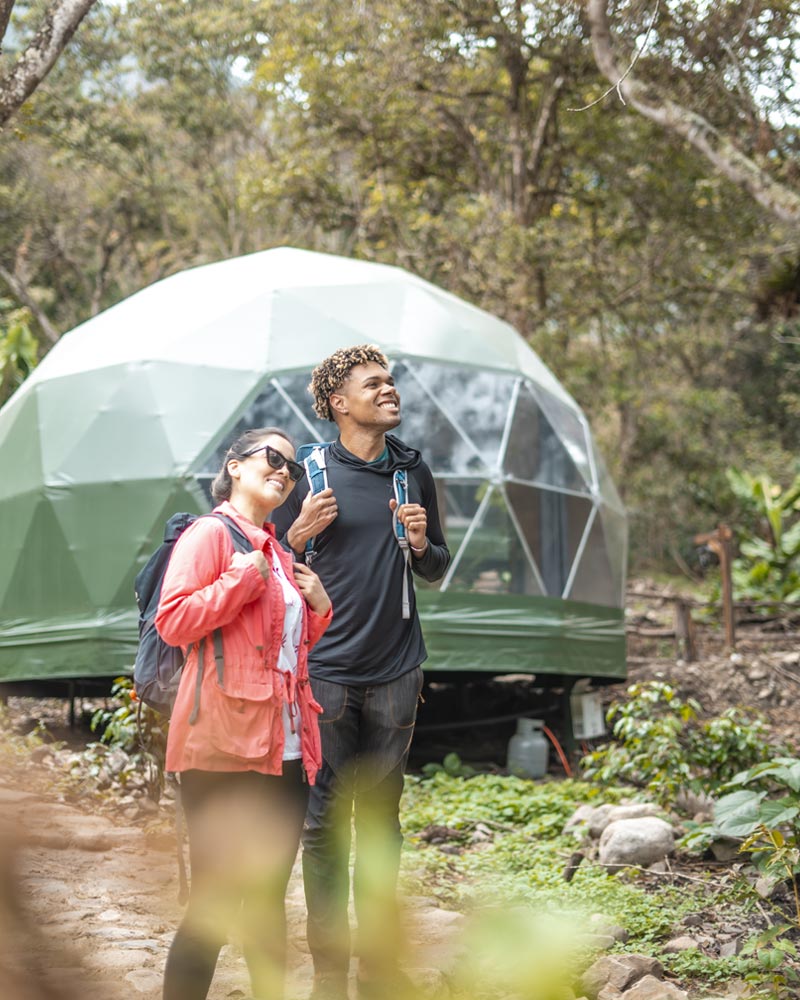
On the final night, you’ll rest in a hotel in Aguas Calientes, the perfect place to recharge before exploring the majestic Inca citadel of Machu Picchu.
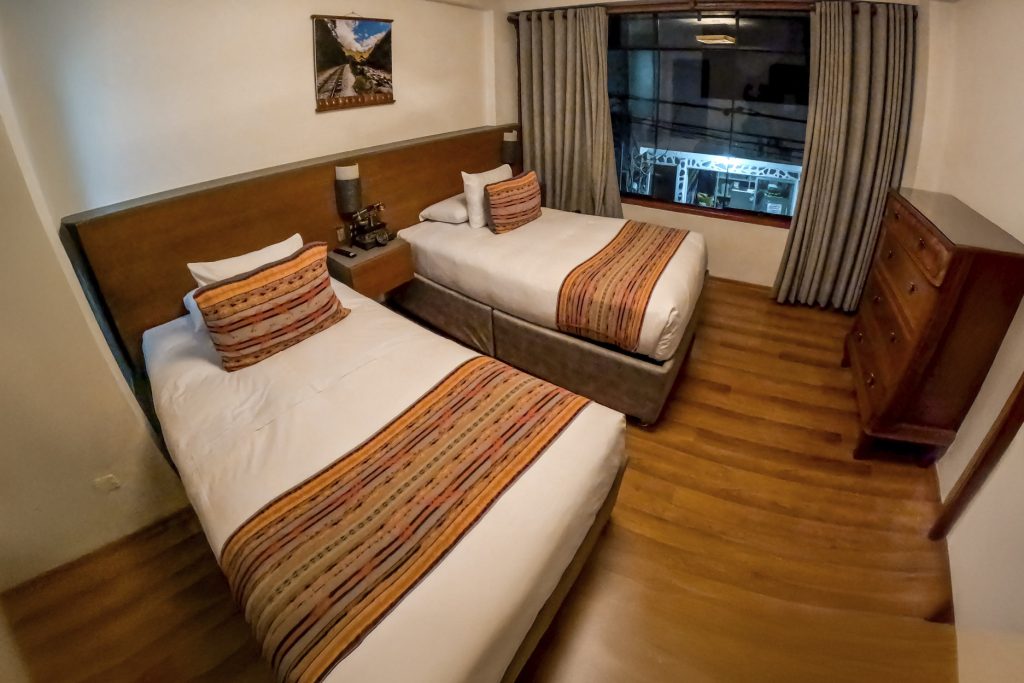
At Salkantay Trekking, we ensure that each day ends with a comfortable and restful experience, just what you need after a full day of adventure.
Inca Trail Campsites
Along the Inca Trail, you’ll spend the nights at organized campsites, each equipped with portable toilets for travelers. Throughout the route, you’ll enjoy three nights of accommodation in well-equipped camps, where you’ll have everything you need to rest, eat, and recharge for the next day.
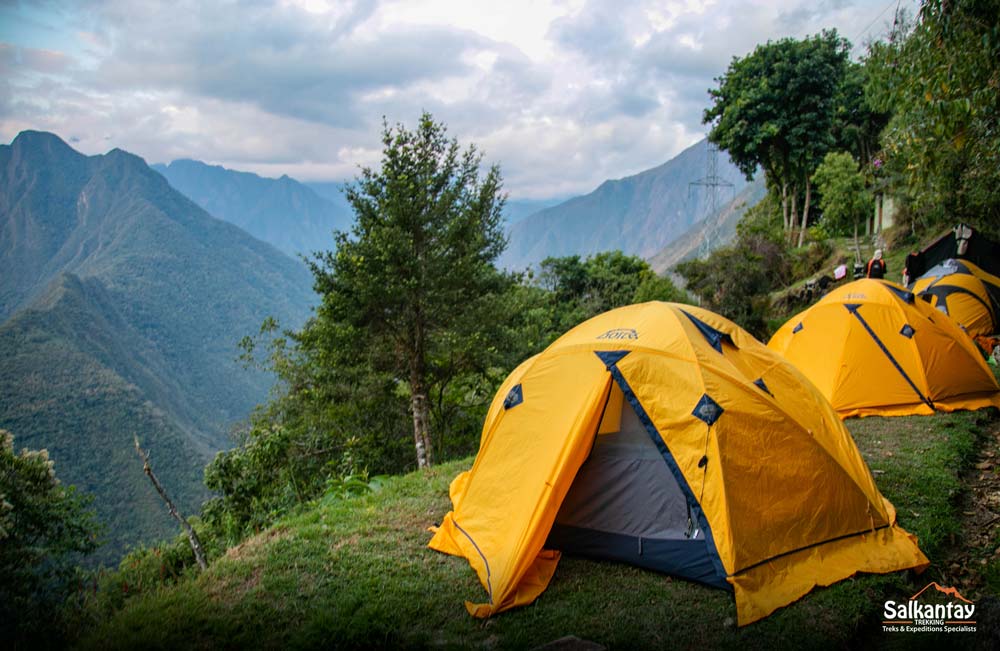
Cost
How much does the Salkantay Trek cost?
Unlike the Inca Trail, the Salkantay Trek is a more budget-friendly option. The average cost for this 4- or 5-day hike ranges between $500 and $700. At Salkantay Trekking, we offer a comprehensive experience that includes a professional guide, camping equipment, all meals along the route (with options to accommodate all dietary needs), comfortable accommodations, and entrance to Machu Picchu.
How much does the Inca Trail cost?
The average cost for a 4-day, 3-night Inca Trail trek is between $800 and $1000 per person. At Salkantay Trekking, we offer the Inca Trail with a guide, round-trip transportation from Cusco to the start of the hike, meals during the journey, camping equipment, and entrance to Machu Picchu.
Salkantay Route and Inca Trail Permits
Salkantay Trail permits
- Entrance ticket to Machu Picchu: You will need an entrance ticket to Machu Picchu to visit the citadel after completing the hike. You can obtain this ticket through the Dirección Desconcentrada de Cultura of Cusco or online through the official Machu Picchu website.
- Tour guide: Although having a tour guide for the Salkantay trek is not mandatory, we recommend hiring one. Guides know the route, provide information about points of interest, and can assist you with any problems or difficulties.
- Travel agency services: Many hikers choose to join an organized tour through a travel agency that offers comprehensive services for the Salkantay trek. These packages often include transportation, accommodation, guides, meals, and other necessary services during the hike.
Inca Trail permits
- Inca Trail Entry Permit: This is the main document required to hike the Inca Trail, and it can only be arranged through authorized agencies. Keep in mind that the number of permits is limited to 200 visitor tickets per day, so we strongly recommend booking well in advance.
- Licensed Tour Guide: It is mandatory to hike the Inca Trail with a certified professional guide. They will lead the group and provide valuable insights about the trail, its history, and the archaeological sites you’ll explore along the way.
- Entrance Ticket to Machu Picchu: Just like with the Salkantay Trek, this ticket is essential as it grants you access to the Inca citadel at the end of your journey.
Important: Keep in mind that Inca Trail permits sell out quickly, especially during peak season, June, July, and August. We highly recommend booking 4 to 6 months in advance to secure the necessary permits for your preferred travel dates.
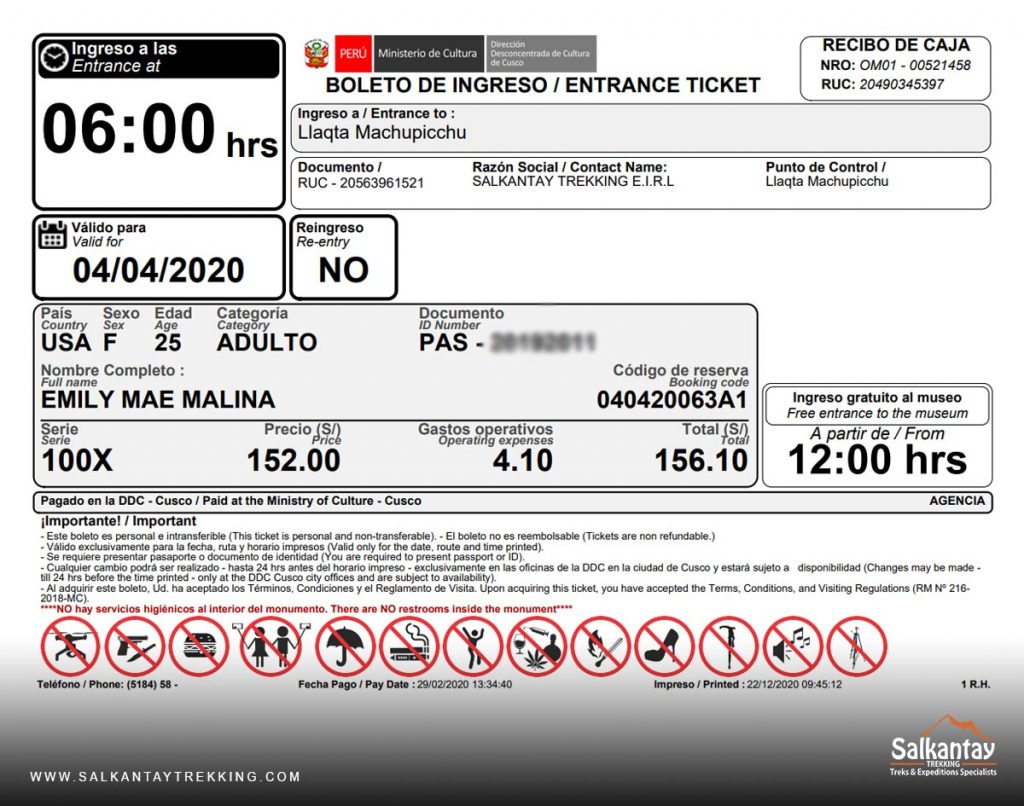
So, which one to choose?
As you can see, both the Salkantay Trek and the Inca Trail are among the best routes in the world to reach Machu Picchu. Your choice depends on your personal preferences, available time, and fitness level. Both options offer stunning landscapes and the chance to live an unforgettable adventure in the Peruvian Andes.
Here’s a quick rundown of the highlights of each route to help you decide:
Why Choose Salkantay Trail?
There are so many reasons to choose this fantastic route, so we’ve compiled a list to help you decide if this is the one for you.
No permits needed: This trek is available year-round with no restrictions on the number of travelers. Unlike the Inca Trail, the Salkantay route doesn’t have a daily permit limit, making it a great alternative. At Salkantay Trekking, we offer a one-of-a-kind experience thanks to our personalized service and exclusive campsites. Still, we recommend booking 4 to 5 months in advance to secure your preferred date.
Breathtaking landscapes: Many say this is the most scenic trek in the region and they’re right. Along the way, you’ll witness incredible views and cross a wide range of ecosystems, from snowy mountain peaks to lush tropical jungle.
Humantay Lake: This stunning lake has become a must-see recently, appearing on many travel bucket lists. While it can be visited on a one-day tour, the Salkantay Trek includes it on the very first day of the journey.
Exclusive campsites: Throughout the trek, you’ll stay in camps designed to offer comfort, safety, and an authentic connection to nature.
Horses: If the hike up to Humantay Lake or the Salkantay Pass feels too challenging, you can choose to rent a horse to help you along the way.
Price: This route is significantly more affordable than the Inca Trail, as you don’t need to purchase a permit. That makes it a more accessible option for many travelers.

Why Choose the Inca Trail?
There’s no doubt this is a top option for many trekkers coming to Peru, but if you haven’t yet decided, check out our reasons why you should go for the Inca Trail.
Walk along ancient trails: It’s called the Inca Trail because you’re walking in the footsteps of the Inca. Knowing this creates a unique feeling; it transports you back in time and helps you imagine what life was like for this ancient civilization.
One of the best treks in the world: The Inca Trail has won multiple awards, making it one of the most sought-after trekking routes on the planet. It’s exciting to know you’re walking along such a legendary path.
Inca archaeological sites: If you’re a history enthusiast, this is the trek for you. Along the way, you’ll visit many archaeological sites that can only be seen on this trail. It’s a great way to connect with this fascinating culture.
Back to basics: If you enjoy being outdoors and disconnecting for a few days, this route is perfect. There are no real bathrooms or villages to stop at along the way, just you and nature.
Entrance to Machu Picchu: This is the only trek that allows you to enter Machu Picchu through the Sun Gate (Inti Punku), rather than the main entrance. It’s truly a once-in-a-lifetime experience.
Difficulty: The Inca Trail is slightly less challenging than the Salkantay Trek, making it a better option for those seeking something a bit easier. That said, it’s still a demanding hike not to be underestimated.
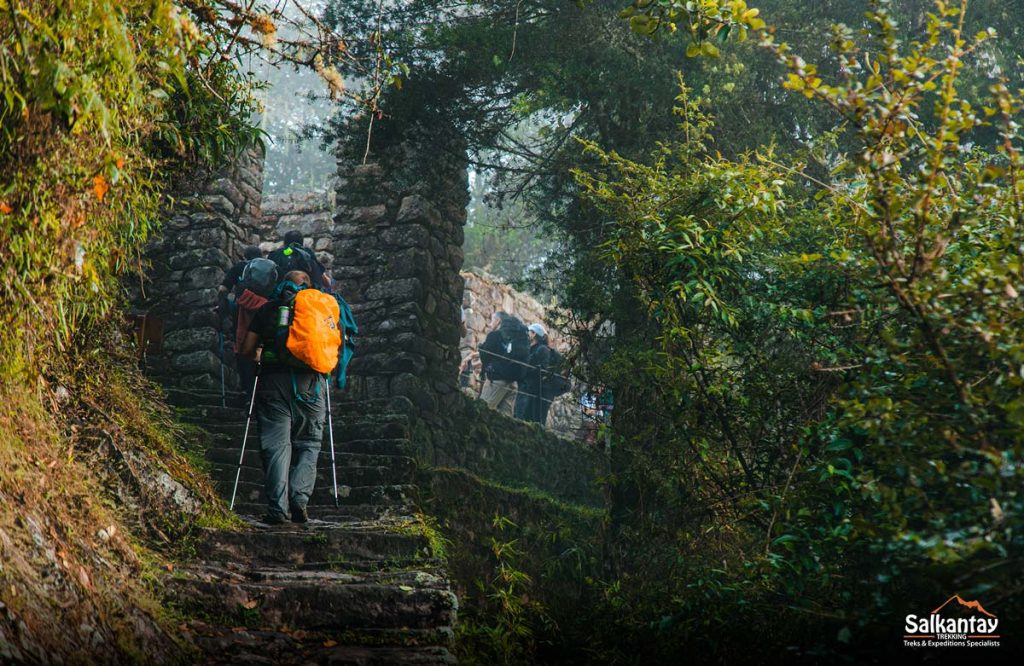
The Verdict
Now you know a little about two of the best treks in Peru and the advantages of choosing either one. Although we can’t say that one is superior to the other, we can guarantee that you will have a great time, whichever one you decide.
If you enjoy hiking some of the best-known trails in the world and you love to learn about the history of a place, we recommend you choose the Inca Trail. If you prefer a quieter route with fantastic scenery and don’t spend too much, we suggest the Salkantay trek.
Both routes will reward you with breathtaking landscapes and valuable lessons about the environment and Inca history. The difference lies in how each one delivers that: through unique experiences and different perspectives. Whichever you decide, we’re sure you’ll create unforgettable memories and take a piece of Cusco with you forever.
Frequently Asked Questions
Is the Salkantay Trek harder than the Inca Trail?
Both treks have their challenges, but in general, the Salkantay Trek is considered slightly more physically demanding, mainly due to the altitude and varied terrain.
The Inca Trail has more stairs, but the Salkantay route reaches higher points like the Salkantay Pass (4,630 m / 15,190 ft).
If you’re in good physical shape, either trek will be an unforgettable experience!
What is the highest point on the Inca Trail?
The highest point is the Warmiwañusca Pass, also known as Dead Woman’s Pass, located at 4,215 m (13,828 ft) above sea level. It’s considered one of the toughest parts of the trek.
When is the best time to hike the Inca Trail?
The best season is during the dry months, from May to October. Although each month has its charm, these months offer more stable and favorable weather conditions.
When is the best time to hike the Salkantay Trek?
The best time for the Salkantay Trek is also from May to October (dry season), when the weather is more predictable and there’s less rain.
However, even during the rainy season (November to April), the trek becomes a mystical experience, with lush green landscapes, foggy mountains, and fewer travelers on the trail.
How far in advance should I book the Inca Trail?
It’s recommended to book 4 to 6 months in advance, especially if you plan to hike between May and August (high season).
Permits for the Inca Trail are limited to 500 people per day (including guides and porters), and they sell out quickly.
What is the best trek to Machu Picchu?
The Inca Trail is the most famous trek thanks to its historical and cultural value. You’ll walk along paths once used by the Incas, passing incredible archaeological sites.
However, the Salkantay Trek is a great alternative. It offers an impressive range of landscapes from snow-capped mountains to cloud forests, unique accommodations, and stunning natural beauty.
How many kilometers is the Salkantay Trek?
On the classic 5-day Salkantay route, you’ll hike approximately 70 kilometers (43.5 miles), passing through the Andes, cloud forest, and breathtaking views of the Salkantay glacier.
How many kilometers is the Inca Trail?
The classic 4-day Inca Trail covers about 39 kilometers (24 miles), taking you along ancient Inca paths, through cloud forests and mountain passes, until reaching Machu Picchu.
Where does the Inca Trail start?
The classic 4-day route begins at kilometer 82 in the village of Piscacucho, along the Urubamba River.
How much does it cost to do the Salkantay Trek or the Inca Trail?
The Salkantay Trek costs between $500 and $700, depending on the duration and type of service.
The Inca Trail costs between $800 and $1,000, depending on the chosen package.
Can I complete the Inca Trail independently?
No, it’s not allowed. Only authorized agencies are permitted to operate on the Inca Trail, for safety and conservation reasons.
Is the Inca Trail closed at any time?
Yes, the Inca Trail is closed throughout the entire month of February for maintenance. This break coincides with the rainy season and helps preserve the sacred route’s natural and cultural value.


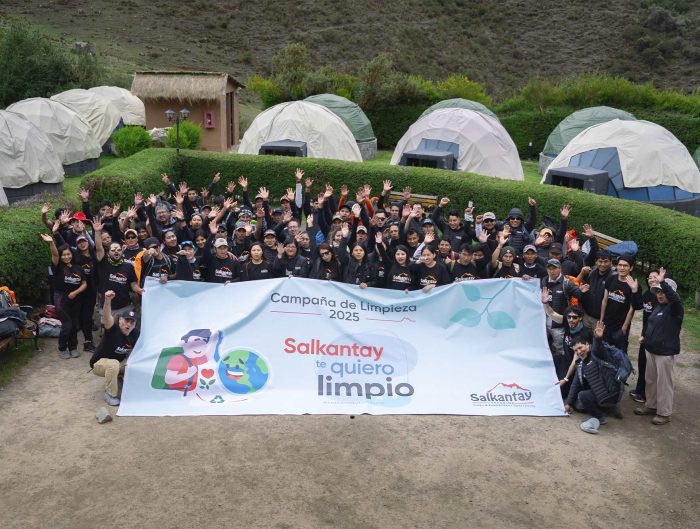
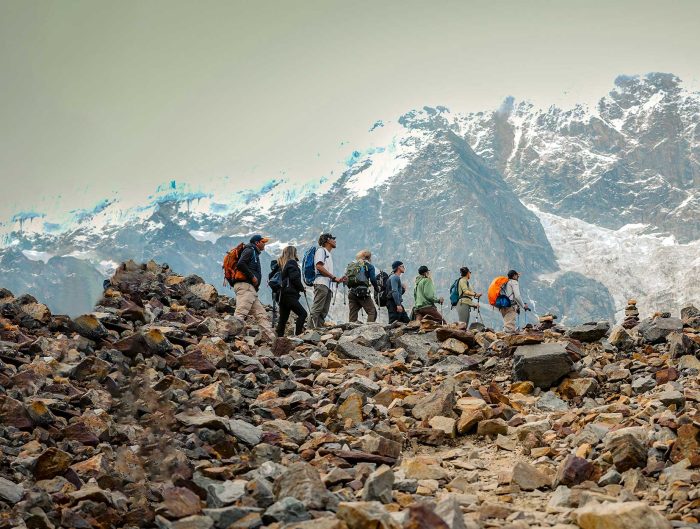
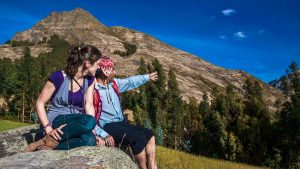
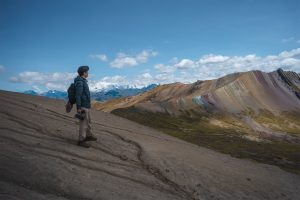
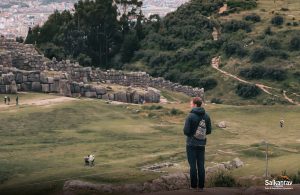
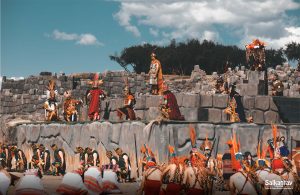
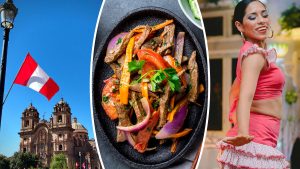



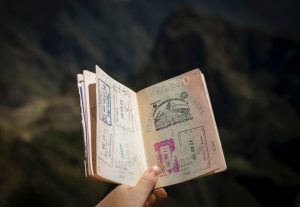
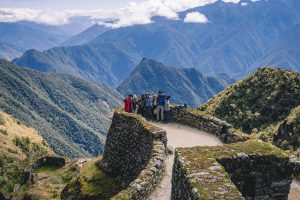
Leave A Reply